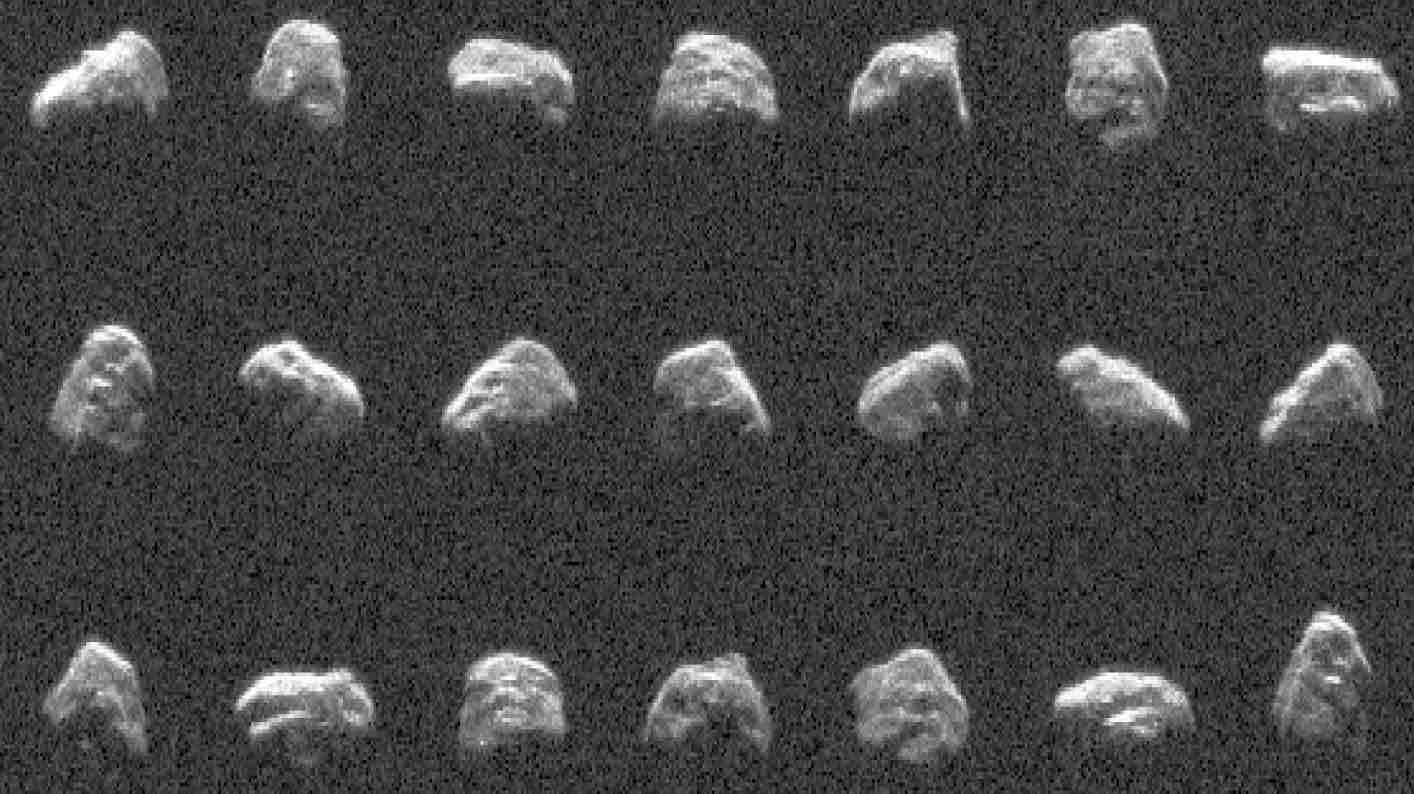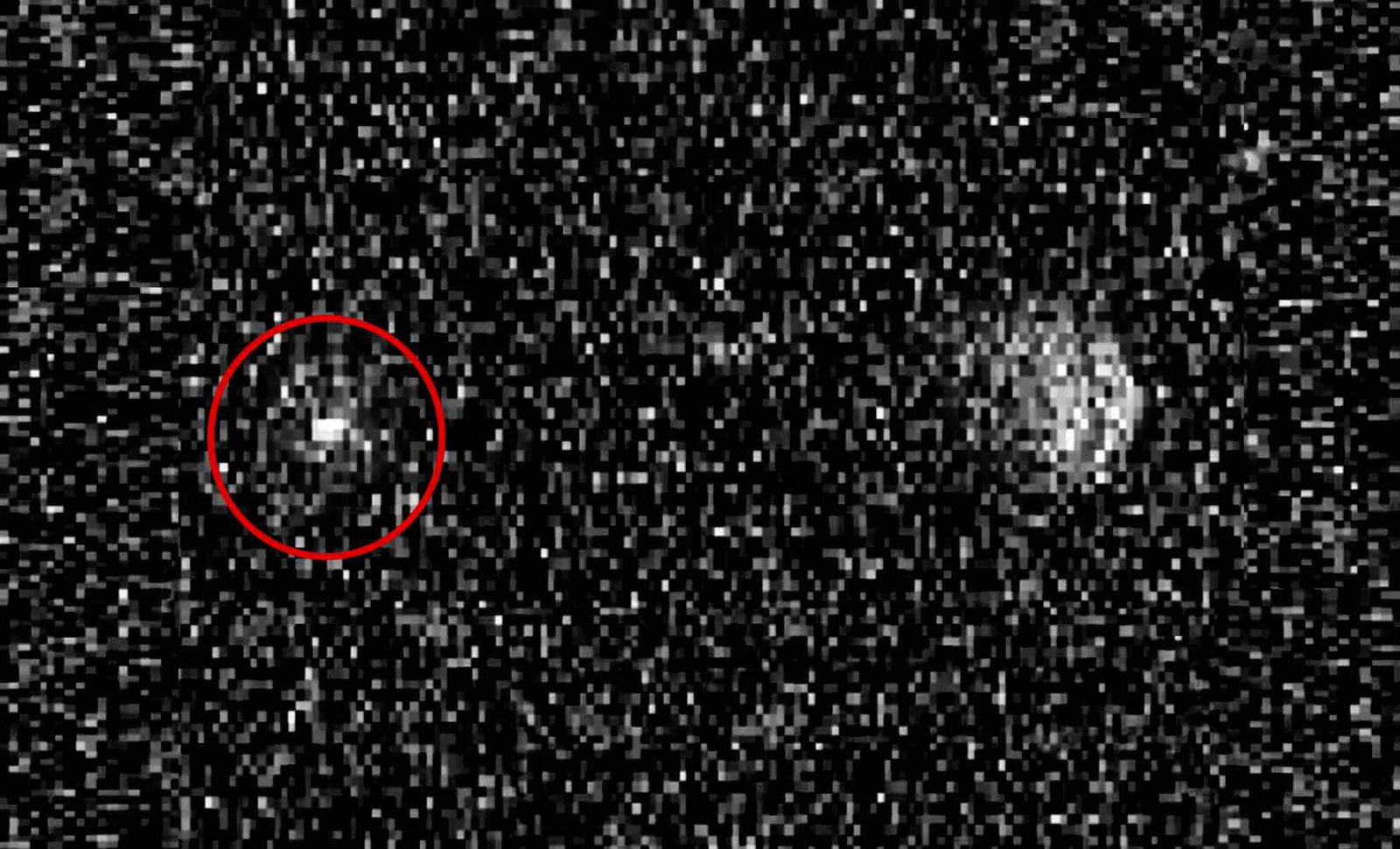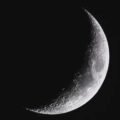A pair of near-Earth objects recently tracked by scientists at NASA’s Jet Propulsion Laboratory (JPL) in Southern California have revealed valuable new information about their characteristics, along with information helpful in the effort to defend against threats posed to Earth by close passes of potentially deadly asteroids.
But that’s not all scientists said they learned during the recent close flybys. New images released this week revealed that one of the asteroids wasn’t traveling by itself; it appeared to have another object accompanying it.
A Tale of Two Asteroids
Astronomers first spotted the pair of near-Earth objects in late June. One of them, an asteroid designated 2011 UL21, passed Earth at an innocuous distance of around 4.1 million miles, roughly 17 times the distance between Earth and the Moon. However, the other asteroid, 2024 MK, came as close as just 184,000 miles from Earth at its nearest distance.
Asteroid 2011 UL21 was initially observed back in 2011 by the Catalina Sky Survey, although its recent pass was the first time it had been close enough to Earth to be imaged with radar. With help from the Deep Space Network’s Goldstone Solar System Radar, NASA’s JPL team was able to capture imagery of 2011 UL21, revealing an impressive chunk of space rock that was close to a mile wide.
However, to the surprise of the JPL team, a closer look at the radio imagery also revealed something else. Almost two miles away from the 2011 UL21, another smaller object appeared to be “following” it.


Lance Benner, principal scientist at JPL, said that while this discovery was surprising, it isn’t uncommon to find secondary objects orbiting asteroids.
“It is thought that about two-thirds of asteroids of this size are binary systems,” Benner said this week. “Their discovery is particularly important because we can use measurements of their relative positions to estimate their mutual orbits, masses, and densities, which provide key information about how they may have formed.”
In other words, 2011 UL21 appears to have its very own moonlet.
Mystery Moonlets
Moonlets are small natural satellites that are occasionally found orbiting planets, stars, or in the case of 2011 UL21, even asteroids. Also known as minor moons or minor satellites, as far back as the 1950s the proposed existence of moonlets in Earth’s atmosphere was put forward in response to early observations by astronomers of space objects that appeared to be orbiting the Earth prior to the placement of artificial satellites in space by the U.S. or the Soviet Union.
In March 1961, an Advanced Research Projects Agency (the former name of DARPA) report titled “DOPLOC Observations of Reflection Cross Sections of Satellites” detailed fourteen reflections of unidentified satellite objects that had been detected at that time, some of which may have been small asteroids or other objects that temporarily orbited the Earth.
In 1995, as Earth passed through Saturn’s ring plane, the Hubble Space Telescope and the European Southern Observatory successfully captured imagery of objects orbiting close to the planet’s F-ring, confirming long-held suspicions about the presence of moonlets in Saturn’s ring structure.
Close Encounter with Asteroid 2024 MK
Two days after 2011 UL21 and its moonlet were observed, on June 29, the JPL team spotted asteroid 2024 MK, which came as near as 184,000 miles from Earth.
Smaller in comparison to 2011 UL21 at just 500 feet wide, imagery of the asteroid revealed an elongated and angular appearance, with flat rounded regions revealed by the Goldstone radar’s bistatic observation method, where radio waves are transmitted from one antenna, and the receiving the signal with another. This method allowed the team to capture detailed imagery of the surface of 2024 MK, revealing ridges, concavities, and even 30-foot-wide boulders on its surface.


However, the close approach of 2024 MK, initially detected on June 16 with the Asteroid Terrestrial-impact Last Alert System (ATLAS), marked a greater concern regarding planetary defense, even if the 184,000-mile distance still placed the asteroid at a relatively safe distance from Earth. During its nearest approach, 2024 MK came close enough that its orbit was influenced by Earth’s gravity, shortening its orbital period around the Sun by about 24 days.
Potentially Hazardous, but a Good Opportunity
There were, however, a few benefits to the asteroid’s near proximity, which included allowing astronomers a rare chance to study its physical properties in detail. “This was an extraordinary opportunity to investigate the physical properties and obtain detailed images of a near-Earth asteroid,” Benner said this week.
Each of these asteroids is technically classified as potentially hazardous near-Earth objects. Fortunately, calculations currently show little chance that either of them will ever pose a threat to Earth, at least for now and into the foreseeable future. Studying the close approaches of objects like these allows scientists an opportunity to become better equipped to predict and mitigate the risks posed by other asteroids that may come near our planet.
Additionally, Benner and the JPL team’s findings underscore the critical role of advanced radar technology and the use of AI in strengthening our planetary defense systems. They offer new insights into the composition and formation of near-Earth objects and improve our chances of protecting our planet from potential impacts in the decades ahead.
Micah Hanks is the Editor-in-Chief and Co-Founder of The Debrief. He can be reached by email at micah@thedebrief.org. Follow his work at micahhanks.com and on X: @MicahHanks.

